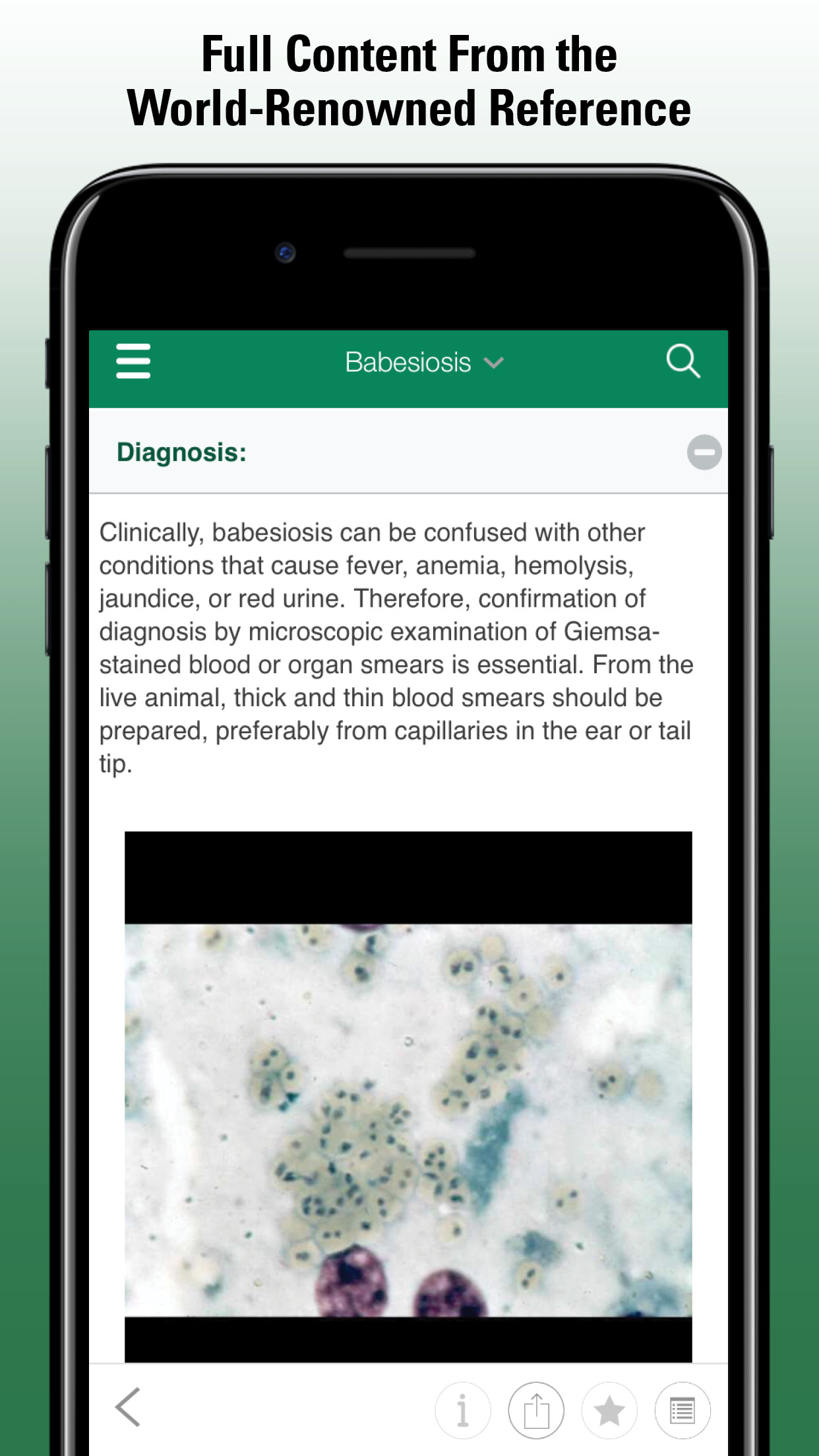Special Considerations for Pet Birds
- Description and Physical Characteristics of Birds
- Introduction to Birds
- Description and Physical Characteristics of Birds
- Special Considerations for Pet Birds
Becoming the owner of a pet bird can be a lifelong commitment. Many parrots live 20 to 50 years—with larger birds generally living longer. Parrots can form very strong bonds with their owners. When this occurs, they may have difficulty adjusting to a new owner. While smaller birds such as budgies, canaries, and finches tend to live between 10 and 20 years in captivity, and not every type of bird becomes so tied to an owner, bird ownership should never be considered a short-term commitment. Your home and your life will be changed for years—possibly decades—to come.
Many birds, including most parrots, are naturally vocal. In the wild environment, they will scream, screech, call, trill, and routinely make a great deal of noise. Such birds may not make suitable pets for individuals living in apartment complexes or in close proximity to other people. Many highly vocal pet birds have been abandoned when their owners were faced with choosing between keeping their apartment and keeping their bird. Before adding a pet bird to your household, it is best to research the vocal habits of the bird you are considering. Apartment dwellers and those living in condominiums may want to select a bird that is quieter. For example, canaries or finches are quiet when compared to the highly vocal macaws. Modifying a bird’s vocalizations may be possible, but it requires time and a great deal of consistent training. Consult your veterinarian, local bird club, library, or Internet sources for this information.
Small birds may not be suitable for households that have small children because children can easily injure a bird unintentionally. Larger birds can injure children who place their hands or faces in or near the cage.
Birds do not sweat and therefore regulating their body temperature can cause problems for caged birds. They can rapidly overheat if forced to endure periods of exposure to direct sunlight. Be sure you can provide a cage location out of direct sun exposure. Related cage location considerations include a spot out of the direct path of chilling air conditioning ducts and drying hot air ducts.
Kitchens make poor locations for birds because of the high risk of exposure to toxic fumes, aerosols, and smoke from cooking. All of these fumes can be dangerous—or even lethal—for birds. Also, birds should not be exposed to secondhand cigarette or other tobacco smoke. (See also Household Hazards for Pet Birds.)
Birds are rarely neat. Some birds throw food all over their cages and any area surrounding it. Thus, before you select a bird, decide how much messiness you are willing to tolerate. Even with pelleted diets presented in deep food cups, some birds will scatter food throughout their cages. If you cannot stand the sight of food littering a cage floor and surroundings, a bird may not be for you. If neatness is important to you, be sure to check out the feeding habits of any bird that interests you before you bring it into your home.
- Description and Physical Characteristics of Birds
- Introduction to Birds
- Description and Physical Characteristics of Birds
- Special Considerations for Pet Birds




